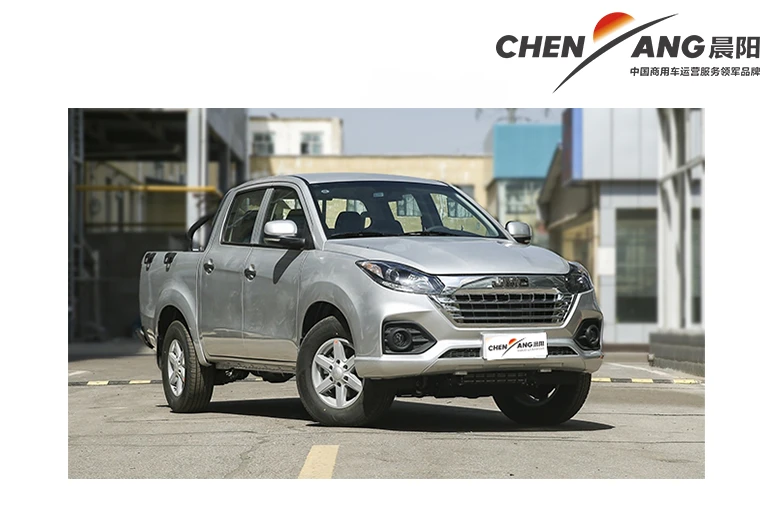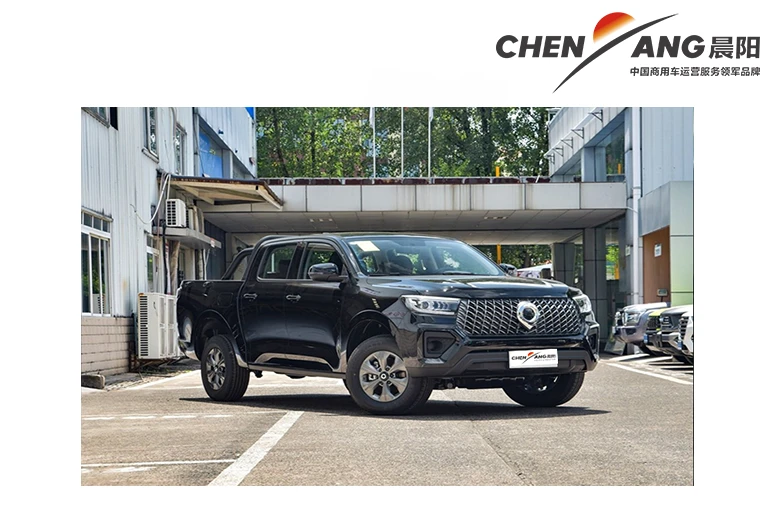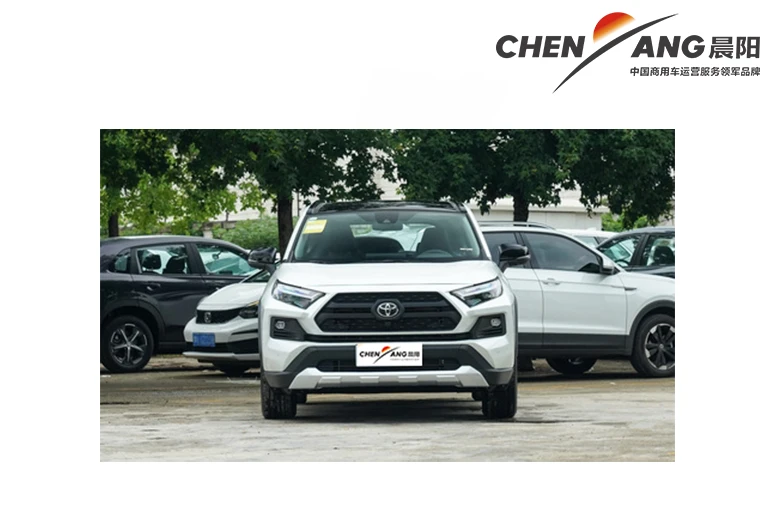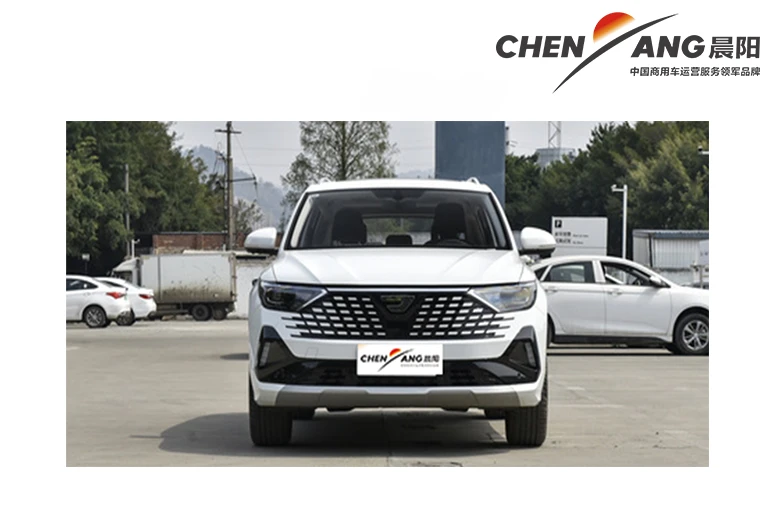New Passenger Vehicles
When purchasing a new passenger vehicle, several factors are crucial to ensure you choose the right model for your needs. First, consider your budget, which includes not only the purchase price but also ongoing costs such as insurance, fuel, maintenance, and financing options. Understanding your financial limits helps narrow down your choices and prevents overspending.
Next, evaluate your needs based on your lifestyle. If you frequently travel with family or friends, a larger vehicle like an SUV or minivan might be more suitable. Conversely, if you mainly drive alone or in urban settings, a compact car could provide better fuel efficiency and easier maneuverability. Assessing your typical driving conditions, such as city versus highway driving, can also influence your choice.
Safety features are paramount in today’s vehicles. Look for advanced safety technologies, such as automatic emergency braking, lane departure warnings, and adaptive cruise control. These features enhance driver awareness and can help prevent accidents.
Additionally, consider the vehicle’s fuel efficiency and emissions ratings, especially if you’re concerned about environmental impact. Many manufacturers now offer hybrid or electric options that significantly reduce fuel consumption and greenhouse gas emissions.
Lastly, don’t forget about the vehicle’s resale value. Research models that hold their value well, as this can save you money in the long run when you decide to sell or trade in your vehicle.
What Are The Advantages Of Buying A New Passenger Vehicle Versus A Used One?
Buying a new passenger vehicle has several distinct advantages compared to purchasing a used one. Reliability is a key benefit; new vehicles typically come with comprehensive warranties that cover major repairs for several years, giving buyers peace of mind. This reduces the likelihood of unexpected repair costs, which can be a significant concern with older vehicles that may have hidden wear and tear.
Technology advancements are another significant advantage of new vehicles. Many new models are equipped with the latest infotainment systems, connectivity features, and advanced safety technologies such as lane-keeping assist, blind-spot monitoring, and adaptive cruise control. These enhancements not only improve the driving experience but also contribute to passenger safety.
New vehicles also tend to be more fuel-efficient and environmentally friendly. They often meet or exceed current emissions standards, making them a more sustainable choice for environmentally-conscious consumers. Many manufacturers now offer hybrid and electric options that significantly reduce fuel costs and carbon footprints.
Additionally, when buying a new vehicle, buyers have the option to customize their purchase to fit their preferences, choosing specific colors, trims, and features that suit their lifestyle. This personalization is not typically available when purchasing a used vehicle.
While the upfront cost of a new vehicle is higher, the long-term benefits of lower maintenance costs, advanced technology, and enhanced safety can make it a worthwhile investment for many buyers.
What Safety Features Should I Look For In A New Passenger Vehicle?
When purchasing a new passenger vehicle, prioritizing safety features is essential to protect both the driver and passengers. Look for advanced driver assistance systems (ADAS) that enhance overall safety. Key features include automatic emergency braking, which detects an impending collision and applies the brakes if the driver fails to respond in time. This technology can significantly reduce the severity of accidents or prevent them altogether.
Lane departure warning and lane-keeping assist systems help ensure that drivers remain safely within their lanes. If the vehicle drifts without signaling, these systems can alert the driver or even provide corrective steering assistance. Adaptive cruise control is another valuable feature, maintaining a safe distance from the vehicle ahead by automatically adjusting speed.
Additionally, consider vehicles equipped with blind-spot monitoring, which uses sensors to detect vehicles in adjacent lanes, helping to prevent accidents during lane changes. Rear cross-traffic alerts are also beneficial, especially when reversing out of parking spaces, as they warn of approaching vehicles or pedestrians.
Other important safety features include airbags, anti-lock braking systems (ABS), and electronic stability control (ESC). A robust set of airbags, including side and curtain airbags, provides additional protection in the event of a collision.
Lastly, check for top safety ratings from organizations like the National Highway Traffic Safety Administration (NHTSA) or the Insurance Institute for Highway Safety (IIHS). Vehicles with high safety ratings offer reassurance regarding their crashworthiness and overall safety performance.














